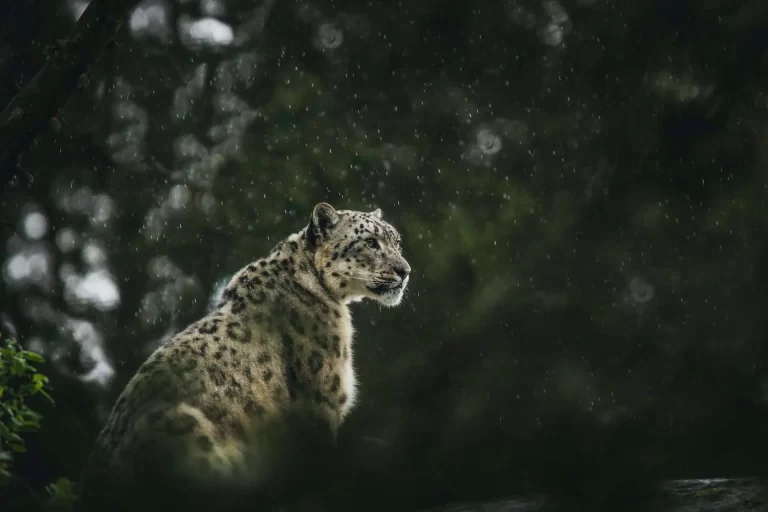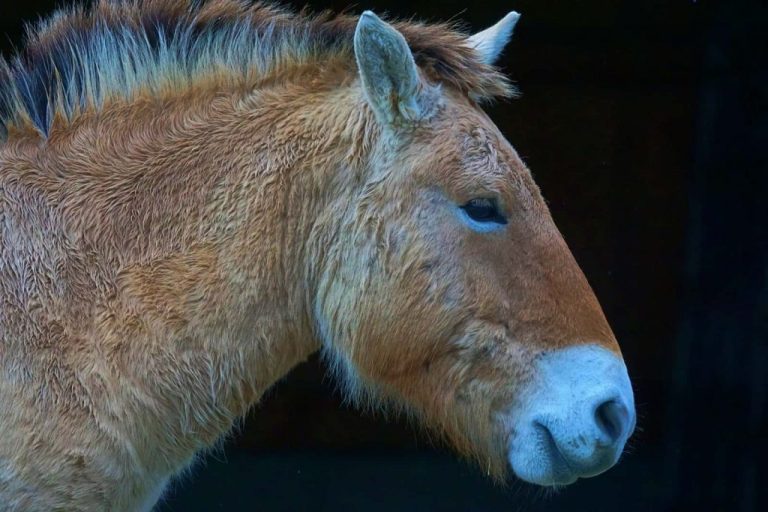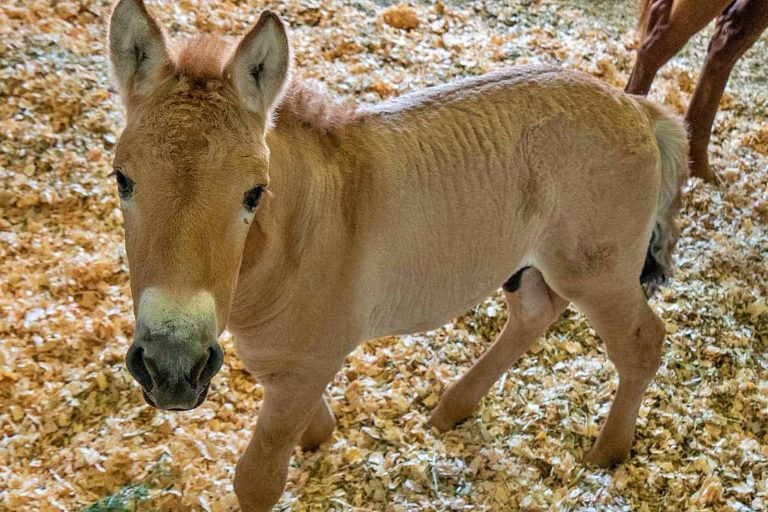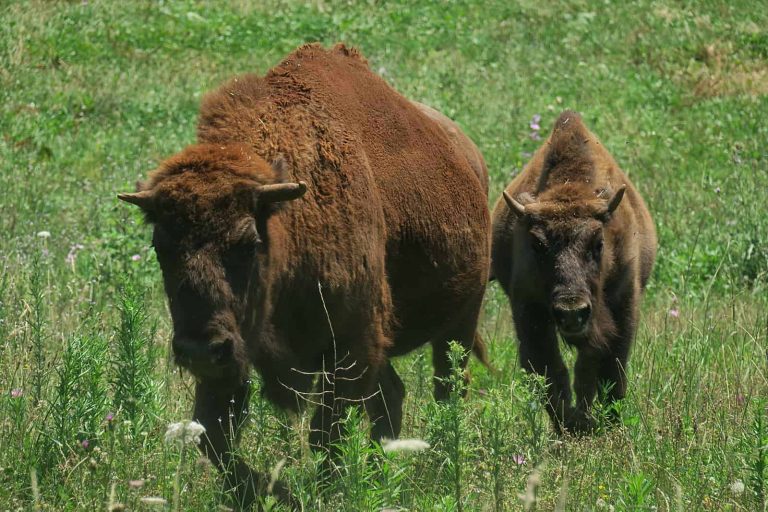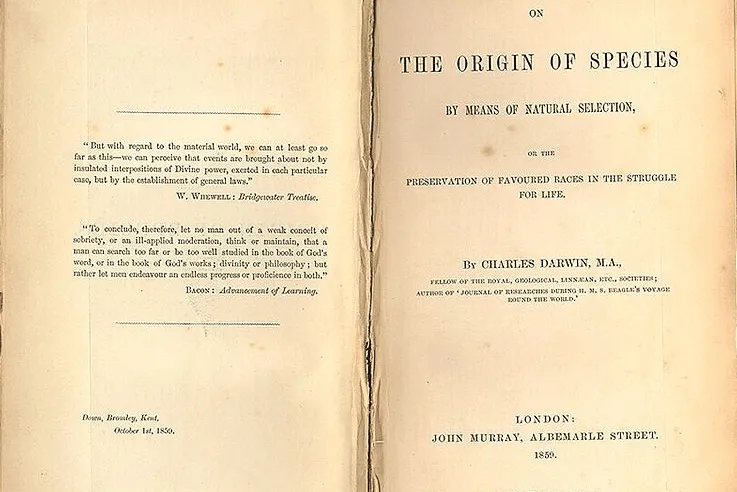How Wooly Mammoths’ Genetic Erosion can guide modern conservation
A recent publication in Cell titled “Time-Lag Between Demographic and Genetic Recovery in Recently Bottlenecked Populations” has unveiled crucial insights that have significant implications for conservation management. The study, led by an international team of researchers, delves into the complex dynamics of population recovery following a bottleneck event, highlighting the often-overlooked time-lag between demographic (population size) and genetic (genetic diversity) recoveries.
Research on Mammoths
The study looked at the genetic legacy of extinct species, using woolly mammoths as a focal point to illustrate the long-term effects of bottlenecks. By examining the genomes of mammoths from various time periods, researchers uncovered that these majestic creatures experienced significant genetic bottlenecks long before their final extinction. The analysis revealed that even as mammoth populations occasionally rebounded in numbers, their genetic diversity continued to decline over thousands of years. This prolonged genetic bottleneck likely contributed to their vulnerability to environmental changes and human pressures, ultimately leading to their extinction. The mammoth case study serves as a strong example of how demographic recovery alone is insufficient for the long-term survival of species, emphasising the importance of maintaining genetic diversity within conservation efforts.
The Bottleneck Effect and Its Consequences
Population bottlenecks occur when a population’s size is drastically reduced due to environmental events, disease outbreaks, or human activities such as habitat destruction. This reduction results in a loss of genetic diversity, which can have long-term effects on a population’s ability to adapt to changing environments and resist diseases. While conservation efforts often focus on increasing population numbers, this study emphasises that simply boosting population size does not immediately restore genetic diversity.
Key Findings: A Delayed Genetic Recovery
The study utilized advanced genomic techniques and simulations to analyze the recovery patterns of various species that had undergone bottleneck events. One of the key findings is that genetic diversity recovers much more slowly than population numbers. Even as the population size rebounds, the genetic pool remains shallow for an extended period, sometimes taking several generations to reach pre-bottleneck levels. This delay in genetic recovery is primarily due to the loss of rare alleles during the bottleneck and the slow process of new mutations adding diversity to the gene pool.
Implications for Conservation Management
The time-lag between demographic and genetic recovery has profound implications for conservation strategies:
1. Long-Term Monitoring and Support: Conservation programs need to extend beyond the point where population sizes have recovered. Long-term genetic monitoring is essential to ensure that genetic diversity is also on the path to recovery. This means that conservation efforts should be sustained over several generations of the species involved.
2. Genetic Rescue Operations: In cases where genetic diversity remains critically low, introducing individuals from other populations can be beneficial. This practice, known as genetic rescue, can help boost genetic diversity more quickly than waiting for natural mutations to occur. However, it must be done carefully to avoid outbreeding depression.
3. Habitat Restoration and Connectivity: Ensuring that populations can move and interact with each other is crucial. Habitat corridors that connect fragmented populations can facilitate gene flow, helping to restore genetic diversity more rapidly.
4. Focus on Rare Alleles: Conservation strategies should pay particular attention to the preservation and reintroduction of rare alleles, which are often lost during bottlenecks but are critical for long-term adaptability and resilience.
Case Studies and Real-World Applications
The publication includes several case studies that illustrate the varying rates of genetic recovery across different species. For instance, large mammals with longer generation times may experience more prolonged genetic bottlenecks compared to species with shorter generation times. These insights are particularly relevant for species such as elephants and rhinos, where poaching and habitat loss have caused severe population declines.
Policy Implications
For policymakers, the study underscores the importance of integrating genetic considerations into conservation legislation and funding priorities. Policies should support long-term genetic studies and the creation of genetic repositories, which can serve as a genetic bank for future conservation efforts.
Resilience and Adaptability
The research published in Cell marks a significant advancement in our understanding of population recovery dynamics. The time-lag between demographic and genetic recovery highlights the need for sustained and comprehensive conservation strategies that go beyond mere population counts. By incorporating genetic recovery into conservation planning, we can enhance the resilience and adaptability of species that have experienced bottlenecks, ensuring their survival in an ever-changing world.
—
Photo by Christopher Alvarenga (Unsplash)


